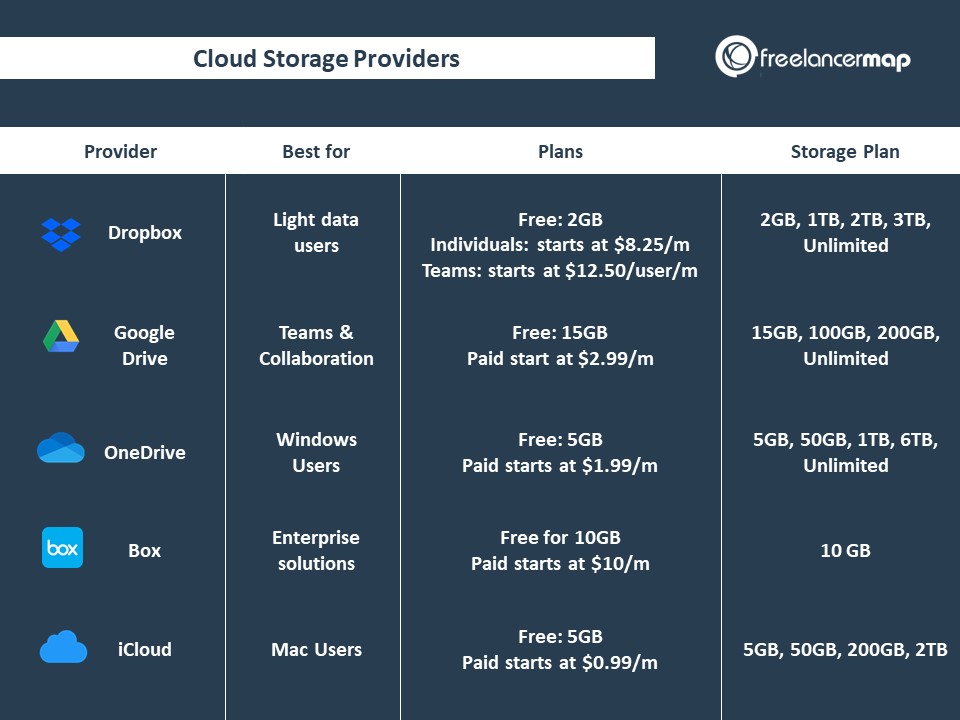Organizing your files may sound mundane, but it is actually a helpful skill that can save you a lot of time and stress. Creating an organized structure will help you easily locate and access files at any time. Continue reading if you’re looking for the best way to organize your client files and own documents!


Think of all the time you would spend searching for your files if they weren’t organized. To make things worse, think of what would happpen if one of them gets deleted or forgotten by accident.
Having the right structure in place prevents things like this from happening. And the sooner you start with your system, the better. It will take you days to reorganize your files if you do it anytime after the first year of your freelancing career.
In this article, we’re going to first cover some best practices – those will be things you absolutely have to do if you want your files to be organized. Secondly, we’ll cover some different file management systems that you can use to do just that.
Let’s dive right in!
Best practices for file & folder organisation
1. Have a structure
It goes without saying – the first step to getting organized is having a structure. Make sure to really think that structure through, though. Don’t just make a couple of folders to fit the files you have. Here are questions that will help you form your structure:
– What do I use most often / rarely?
– What fits together?
– Where would I expect to find X and Y?
2. See the most important things at a glance
You will want to make sure you’re not getting lost in the middle of all your folders.
You can, ofcourse, make a computer file management system that ensures every folder consists of just a couple of files. But that won’t help you get rid of the clutter.
You will want to see the most important things at first glance. This might be stuff like ongoing projects, different clients, your folder with sketches – it all depends on how you set up your system.
But, remember to make the essentials visible right away.
Are you looking for new projects?
Check the latest IT openings available on our job board 👨🏻💻
(Free profile and zero commission fees!)
3. Always have a backup
This ought to be number one on the list. One of the most important things you can do when it comes to getting your files organized is making sure you don’t lose them. Have a backup, at all times.
Consider using cloud storage that easily synchronizes with your computer. As soon as you make changes to a file and save them, the new version will get uploaded.
If anything were to happen to your laptop, your files won’t be lost for good. Whether you get an online backup or a physical one in the form of an external hard drive is up to you. But always have one.
There are several cloud storage providers that you could use to organize your client files. Some of the most used among small businesses are:
- Google Drive
- Dropbox
- iCloud
- OneDrive
- Box


Should you charge clients to store their files?
Another aspect to consider when working as a freelancer is storing client files and charging them for it. While you may not instinctively think about adding in the cost of file management, it is an important point to think about.
Do you charge a premium to clients to store their files? Is it part of your own costs as a freelancer? Or do you work these costs into your service fee?
Many freelancers won’t charge their clients a fee for storage simply because they understand that this is part of their on-going business relationship. However, there are some who charge their clients for file storage (e.g. their Google One membership) by including it in the total cost of the project.
Also, consider how long you hold onto files. It can be helpful to save old files on a removable hard drive on the off chance that you need to refer to them in the distant future.
If possible, inform your client for how long you will keep their files as a back-up. They can then come back to you if they need a copy of the files (you might also consider charging a fee for pulling out old files).
Digital file organization: Folder suggestions
There are a lot of different ways to sort your folders. Remember, different kinds of systems will work for different people. Depending on the nature of your business and how you like things, you might want to stick with some of the following suggestions or make up entirely new ones:
1. Sort by clients
If you have a long list of recurring clients, you might want to sort your folders by the names of those clients.
That way, if you want to write for client B, you go to the folder for that client. However, if you have a lot of different clients all the time, this system is probably not right for you.


2. Sort by deadlines
The next option is to sort your files by the date of when a project is due. Name them so that the most urgent one appears on top.
That way, without even thinking about it, you will be setting up a list of priorities. Your brain will be encouraged to focus on the first few folders and pay less attention to the ones at the very end.
3. Archives folder
Having an archive going back a couple of years can help you immensely. You can look up your previous work, show it to new clients (as part of your portfolio), or even use parts of it again.
4. The “financials” folder
This folder should contain anything and everything regarding the financial side of things.
Invoices, receipts, contracts – this folder has to be organized perfectly because everything in it is of extreme importance.


5. Side projects & inspiration
Last but not least, allow for your system to facilitate some fun and inspiration. We all often find ourselves thinking about learning new skills or perfecting existing ones. Having a separate place for those kinds of side projects will make sure you don’t forget them.


Many freelancers can benefit from digital file organization thanks to them working online. If you need an offline filing system, there are broad amount of alternatives available – alphabetical, pro client, etc.
The most important thing to remember is to choose an organization system that works for you so that it’s easier for you to quickly find all your office files and client documents!
Do you use any of the presented systems to organize your client files? Feel free to share your structure with the community down below!

